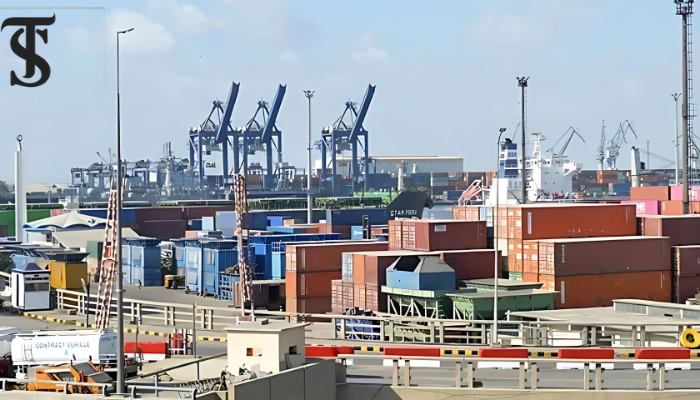IMF: a Friend or a Foe

- The IMF is often criticized for promoting U.S. hegemony and Western capitalism through loans with harsh conditions.
- IMF loans frequently lead to social unrest, increased poverty, and weakened domestic economies under structural adjustment programs.
- Privatization and flexible exchange rate policies can result in debt traps, growing inequality, and long-term economic instability.
The International Monetary Fund (IMF) was formed at the Bretton Woods Conference in 1944 and came into operation on the 27th of December 1945. Later, the United Nations organization became responsible for handling its proper functioning and administration. It aimed at the cooperation and reconstruction of world economies that had been crippled during the Great Depression of the 1930s and the World War II. It focused on ensuring a code of conduct for exchange rates, providing financial support (in dollars), and acting as a source of counsel and technical assistance to the poor and developing countries.
Since, its establishment was largely steered by the United States of America, and to a lesser extent by the United Kingdom, it is often viewed as a source of promoting US hegemony in the global economy, and ultimately contributing to expanding its influence. Some urge that the IMF as a tool for expanding the reach of Western capitalism against socialism and promoting US interests, in particular.
John Perkins, an American author who used to work as the Chief Economist at Chas. T. Main, claims to have advised the World Bank, United Nations, IMF, and the U.S. Treasury Department. He writes in his book “The New Confessions of an Economic Hitman”, that the IMF loans aimed at expanding the US hegemony. He says that the private corporations, which he himself has worked for, were concerned with convincing developing countries, specifically those with oil and natural resource reserves, to take loans from the IMF and the World Bank to acquire machinery and engineers, particularly from the US, to extract said resources. These countries, by agreeing to their harsh conditions and high interest rates, which they were unable to pay later, resulted in being entrapped in this sinister system.
The loans often come with very austere conditions that compel the recipient country to take harsh measures like the reduction of spending on public goods and services, minimizing subsidies, raising taxes for economic stability, and reducing the budget deficit. But these policies ultimately lead to social unrest, increased poverty, and exacerbation of inequality. The IMF’s structural adjustment programs (SAPs) aim to promote macroeconomic stability, but due to these programs, domestic businesses are weakened, leading to surging unemployment. Secondly, SAPs also prioritize long-term economic growth by incentivizing multinational corporations that cripple local industries and the vulnerable population.
That is, when an already unstable country acquires a loan on austere conditions, like high interest, it is later unable to repay the debt amount, rather it takes further loans to repay the existing ones, and subsequently, they are entrapped in a web of debt.
The IMF encourages flexible exchange rate policies, but due to slightly inappropriate application, it can lead to undervaluation of the local currency. That is, when an already unstable country acquires a loan on austere conditions, like high interest, it is later unable to repay the debt amount, rather it takes further loans to repay the existing ones, and subsequently, they are entrapped in a web of debt.
Another condition is the privatization of state-owned enterprises as a means to improve efficiency and to attract foreign investors. However, the process of privatization often leads to monopolistic practices and the loss of government assets, leading to the widening gap between the rich and poor. The government loses trust due to these conditions, and public unrest exacerbates, further.
The above-mentioned policies dwindle long-term economic growth as the recipient country is under its economic obligations. The local market may also fail, owing to the harsh conditions, and the government fails to serve the people better thereof.
Younas Nasar
The writer is a Public Policy student at Government College University, Lahore.






One Comment